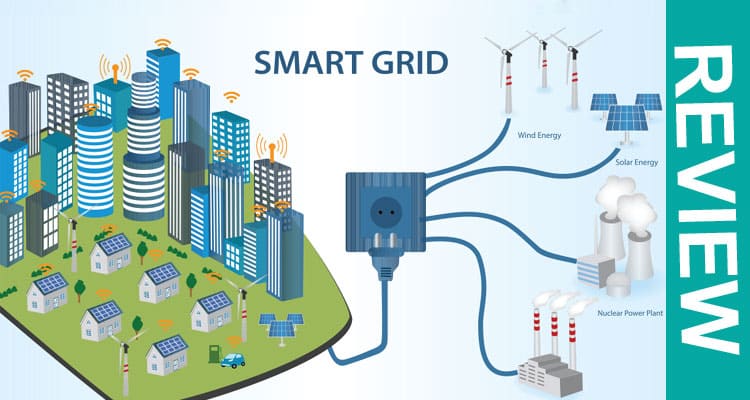What are Smart Grids?: Sometimes we take electricity as a long-lost friend for granted. Yet, it is safe to assume everyone knows what a power plant is. As we evolve with technology and robotics, it is time to introduce a new concept which is a smart grid. These grids connect wires to generators, transforms, and substations to provide electricity to the masses.
- A smart grid will provide electricity based on the remote control. It will employ automation to identify breakdowns and protocols to offset them. A smart grid will provide better services to the customer without being laggy.
- Furthermore, introducing algorithms and robotics will also make the power grid secure. It will become intelligent to identify any hacking attempts. Attacks on international power stations are a tool for cyber espionage to weaken the potential enemy. Therefore, technology will protect the nation overall.
Table of Contents
Fun Facts # 1
Thomas Edison established the first grid in 1882. Its first customer was the New York Times, and a company from Manhattan called Pearl Street Station.
An introduction of the smart grid will include the following upgrades
- Back and forth and prompt communication between devices and locations. The generations will significantly benefit from consumption.
- Power will transmit efficiently between consumption.
- The system will better accommodate electricity through peak demands. The system will control the power and successfully operate the connected devices efficiently.
- The system will also redirect power, where necessary based, on its algorithm and demand statistics.
Fun Fact # 2
There were over 4000 electric supply companies in the early 20th century. However, the system was incredibly inefficient with a lenient transmission system. Alas, the first-ever grid died down after the Second World War.
- The smart system will also monitor individual substations and systems for consumption. Furthermore, it will also provide access to utility bidder and customers whenever required. Technology has the advantage of reaching remote areas.
- The smart system will provide efficient and secure electricity. The algorithm in quality assurance will run multiple tests to maximize clean and safer electricity.
- Furthermore, the system will also recognize issues far quicker. There will be no need for hours-long breakdowns and manual coverage to discover where the problems lay.
- The computer will alert the user where the issues are so the staff can quickly travel to the location and quickly resolve it. This is incredibly helpful in situations where people’s health is at risk.
Fun Fact # 3
There are also microgrids. These smaller concentrated grids are operative through utilizing various power sources. The nature of the scale makes them more operational even when the primary grid is down.
Is the Smart Grid the Future?
You may have guessed correctly that the smart grid is becoming more accepting. The automation features make them extremely valuable during natural and man-made disasters where the system stops providing power.
The installation of the smart grid is dependent on the guidelines and implementations of the local government. The computerized grids are innovative and very insightful. Furthermore, these smart grids minimize downtime and are more competitive to sustain long-time service.


